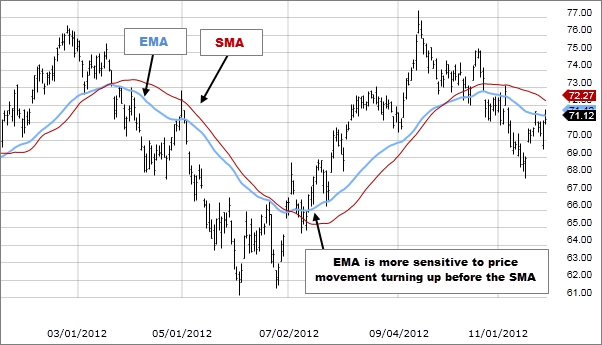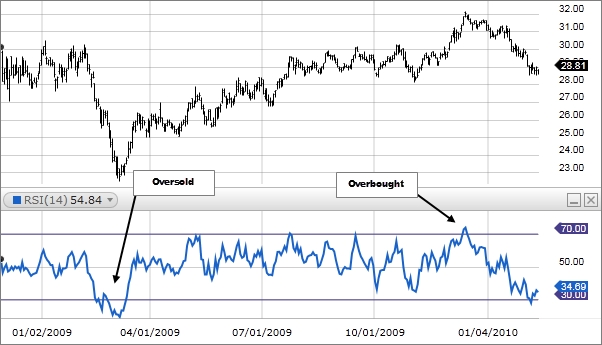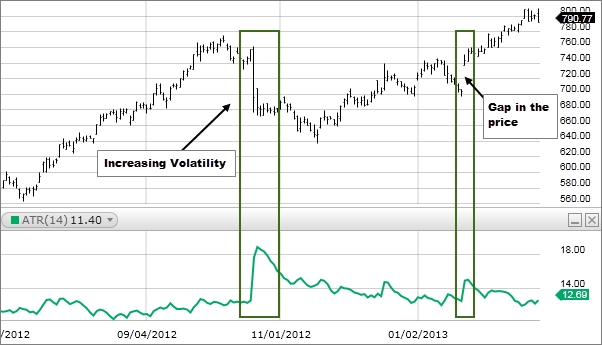Finances: Crypto
Online courses
Finances 101
Base vs quote currency: Base/Quote. Base=buying, Quote=selling.
BTC/USDT 50,000
BTC/USDT 55,000
BTC/USDT +5%
News and info sites
Trading platforms
eToro: All-in-one solution, no trading fees, staking, copy trading, KYC.
Kraken: Dedicated crypto exchange, staking, with fees, KYC.
Crypto.com: Multiple products, credit cards, staking, low fees, KYC, CRO focused.
CoinBase: Dedicated crypto exchange, for beginners, high fees, KYC.
Kucoin: Dedicated crypto exchange, not beginner friendly, low fees, no KYC, trading bots, good for users not able to trade in USA.
Binance: Dedicated crypto exchange (the largest), multiple products, staking, low fees, KYC.
Dexs blockchains
BSC: PancakeSwap, BurgerSwap.
Solana: Serum.
Cardano: Cardax.
Polkadot: Polkadex.
Trading strategies
Strategies can be used simultaneously:
Swing: Popular. Short/medium term. Capture a % of a price move. Less time, potential short-term profits. Require technical and fundamental analysis. Use 1 day chart. Could miss longer term profits.
Breakout: Short term trades (hours/days). Potential short term profits. Capture breakout in price. Use 1 day or hours chart. Could miss longer term profits. Needs specific chart setups.
Scalping: Intra-day trades (minutes/hours), tiny movements. Requiere lots of time. Uses 5-10 minute charts. Requires more funds. Difficult to implement. Potential short-term profits. Extra opportunities on top of long-term trades.
Dollar cost averaging: Investment, NOT trading. NO FOMO. Long-term strategy. Fundamental analysis. No interested in short-term: based on "markets always go up". Low cost. Uses 1 day charts. Can face significant losses over time.
Order types
Order book: red -> sellers, green -> buyers. Buyers: best bid -> higest price; sellers -> best offer (ask) -> lowest price.
Spread = higest bid - lowest offer.
Where to buy 1 BTC? BTC/USDT
Market order: Choose the amount you trade, but you don't choose the price. Only those offering the amount of BTC you are willing to buy are the ones that set the price. It is very easy to use, but since the market change like crazy, there is the possibility that when you push the "buy" button you get a bad trade.
Limit order: I set the buying price and will wait for those that eventually will come and sell at that price. We cannot guarantee we will trade the whole order.
Stop market order: Choose the amount you trade but don't choose price (not guaranteed). i.e.
If price gets $57,500 sell my BTC with a market order-> "stop losing my money". Will bet the best price in the market.Stop limit order: Choose the amount you trade, choose the price you trade. Will sell the specific amount with specific price.
Stop loss order: like stop limit order. "If the price drops to this level then sell my BTC with a limit or market order". Important for day trading, to mitigate risks. The limit must be below the current trading price.
Take profit order: like stop limit order. Important to automate trading in day trading. Must be above the current price.
Technical analysis
Candle charts
Each candle is a time period.
Open, close (final prices), high and low (prices reached in offer) for time period is shown.
The color indicates result.
Bullish and bearish can be used to anticipate and form possible entry points.
Bullish pattern: sellers drove price lower during the day. Buyers came in and the price finished higher.

Bearish pattern: Buyer drove prices high. Sellers won and price fell lower.

Bullish pattern: An strong reversal in the price action.

Chart patterns
Double top: buyers tried twice to push the price higher, but unable. Buyers run out of steam; sellers are in the market. The price would fall off.

Double bottom: Sellers came in twice, but found the support of buyers and happy to pay up. Sellers ran out and buyers need to pay more; buyers in the market.

Ascending triangle: Prices are rising in the long run.

Trends
Higher highs: high prices even higher in each peak.
Lower lows: same but in reversal.
Consolidation: steady. This can't last forever. Use this values for stop loss level.
Don't go against the trend since you're going against the market.
Indicators
Mathematical models that attempt to give context to price action. Can't predict the future.
Moving averages: smooth out price data.
SMA: Arithmetic mean of prices over a given time period.
EMA: weighted and give more importance to recent prices.

Exponential Moving Average (EMA) explanation
Relative Strength Index (RSI): plots the relative strength of the price compared to previous prices. Momentum indicator. Can't predict how the price will change in the future.
Above 70: price is relatively expensive (overbought)
Below 30: price is relatively cheap (oversold)

Relative Strength Index (RSI) explanation
Average true range: Measure of daily price volatility. The true amount the price could move in a given day; largest probable move in a day based on previous data. Can be used to set our stop-loss.

Average true range (ATR) explanation
Best crypto analysis tools
Trading view: This platforms have tools for free: Binance, Kraken, KuCoin.
Token Metrics: AI based predictions with paid subscription.
Perpetual/delivery contracts

Margin ratio
Liquidation
Funding rate
Questions
Token supply distribution
What means "fungible"?
Fiat currency?
Liquidity pools?
FOMO?
More details on order types
Last updated
Was this helpful?